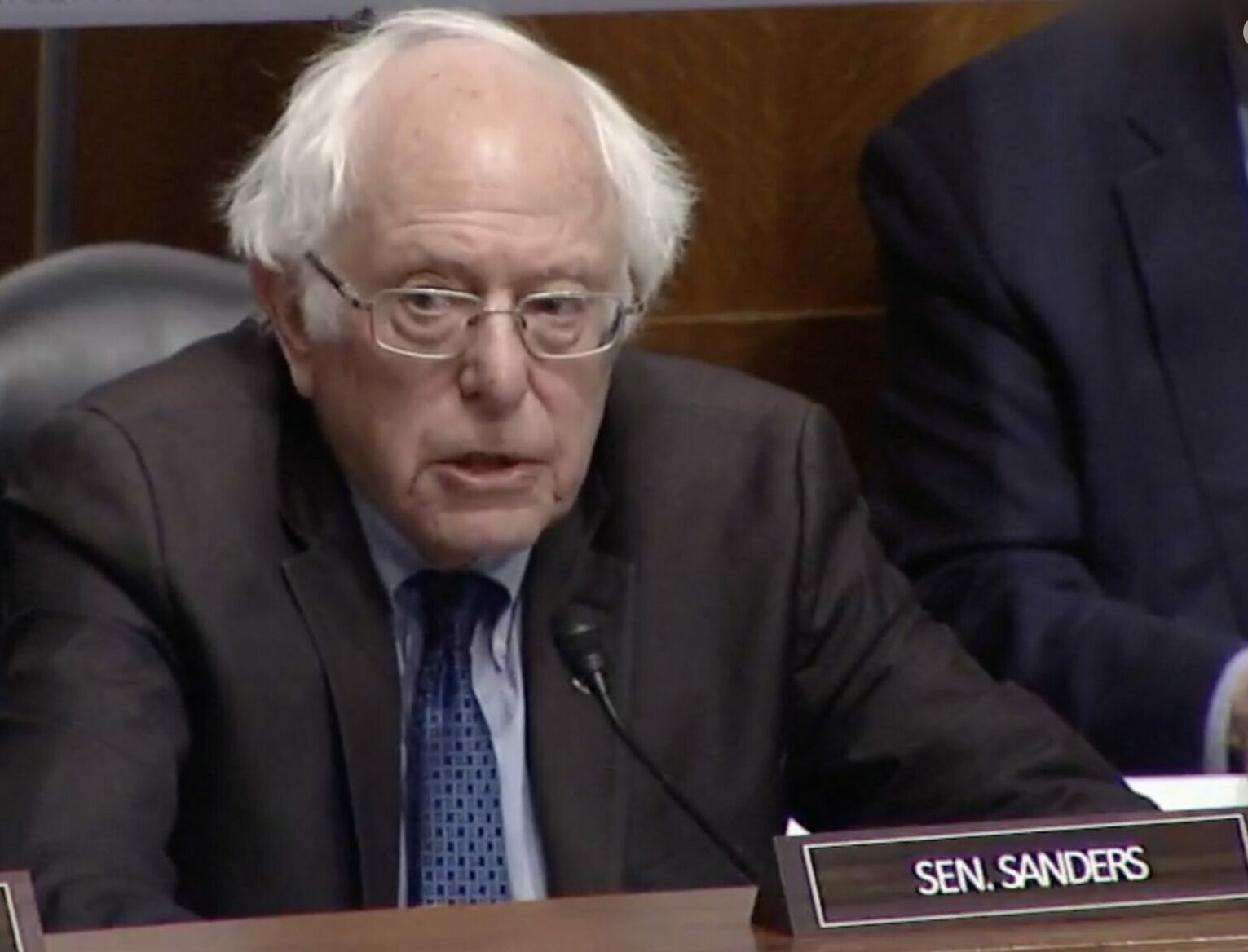ZTE’s Mang Zhu Talks SEP Portfolio Management
In this episode of The SEP Couch podcast, Tim Pohlmann, CEO and Founder of IPlytics, interviews Mang Zhu, who is Chief IP Strategy Officer and Head of Patent Asset Management for ZTE Corporation. Mang began her career at Motorola in 1994, and by 2003, after joining the IP team, she established a process that ensured the tracking of standardization activities during the patent prosecution process. Mang’s methodology was optimized at Motorola during the LTE development period and supported all of Motorola’s standards essential patent (SEP) licensing activities thereafter.
In 2017, Mang took a position at ZTE to lead the SEP team focusing on 5G SEP development in the IP department. Because of her experience, Mang also started to support ZTE’s licensing teams quickly after she joined and, since the beginning of 2022, took over the responsibility for ZTE’s whole patent portfolio, including SEPs and non SEPs, as the head of the patent asset management team.
In the podcast episode, Mang stresses that research for new advanced technologies starts years before any standardization activities begin. ZTE employs several hundreds of cellular standard researchers as well as close to 100 standard delegates who go to the standards meetings, present new technologies and submit technical contributions. ZTE’s SEP team makes sure that the research teams provide timely invention disclosures. The patent team then coordinates with outside counsel to have the identified inventions filed at international patent offices as quickly as possible to establish the priority dates.
Mang’s team uses a variety of IP data tools to ensure they have the latest standards contribution data, patent declarations data and legal status information at hand. Understanding what other market players file, as well as what they declare or include in patent pools, is very important in addition to understanding competitors’ participation activities and level of contribution during standardization processes.
She stresses: “SEP portfolio management is not about the life cycle of one patent”. In her patent portfolio life cycle management approach, her team tags patents as to essentiality, validity and perceived value. This not only allows her to accurately size ZTE’s SEP portfolio but also support decision making for in- and out-licensing activities.
Mang is not too worried about the sharply increasing number of companies and submitted contributions at standards meetings. 5G is a much more advanced technology compared to 4G. While an increasing number of standards-contributing companies may create complexity, Mang also feels more input from many innovators ensures more optimized standard features. Additionally, the increased number of patent declarations or over-declarations is a natural consequence of the ETSI IPR rules, which require that any potentially standard relevant patent must be disclosed. This increases transparency and one can always evaluate single portfolios during licensing negotiations to identify what is essential and what is not, says Mang.
Conversation Highlights
- What are some of the main advances that come now with 5G? What are the technologies that will really make a difference to the future generation?
“High speed, low latency and massive capability are really the key advantages of 5G compared with 4G. But there is a lot of new technology involved in 5G in order to bring this kind of high-quality connectivity. So, because of these new improvements, a lot more applications are enabled by 5G that 4G cannot achieve. For example, high-speed connectivity will improve vehicle-to-vehicle communication for autonomous cars.”
- Walk us through the process of how an idea from R&D becomes an input in standards development and then is secured as a patent. Can you explain a little bit how that works and how you coordinate all this?
“There are a lot of teams involved in the patent process. Not only when filing patents, but also throughout technology development, going all the way to the standards contributions and the standards development. A large part of the company is involved in this process. And then we will finalize the standard by picking the best solution so that other companies can use it. This is a long-term project.”
- How is your experience with the USPTO different from other offices, like the EPO, for example?
“Patents get issued from the U.S. patent office a lot quicker than the European patent office. But the European patent office identifies more prior art. And sometimes we get search reports from the European office we then send to the USPTO and then the prior art needs to be reviewed and submitted to the USPTO in order to have them aware of these as well. We use a law firm when filing internationally and also in the prosecution stage.”
More Highlights
Listen to the entire episode to get answers to the following questions:
- What is Mang’s experience with the U.S. and European patent offices and how does their law firm manage different patent families?
- How does international filing and patent prosecution increase quality?
- What is the trend observed in patent declarations and contributions for 5G technology?
- Why does Mang believe that the increase in contributions and patents for 5G is a good thing?
Tim Pohlmann, Ph.D.
Tim Pohlmann is the CEO and founder of IPlytics. He earned his doctoral degree with the highest distinction from the Berlin Institute of Technology, with a dissertation on patenting and […see more]






